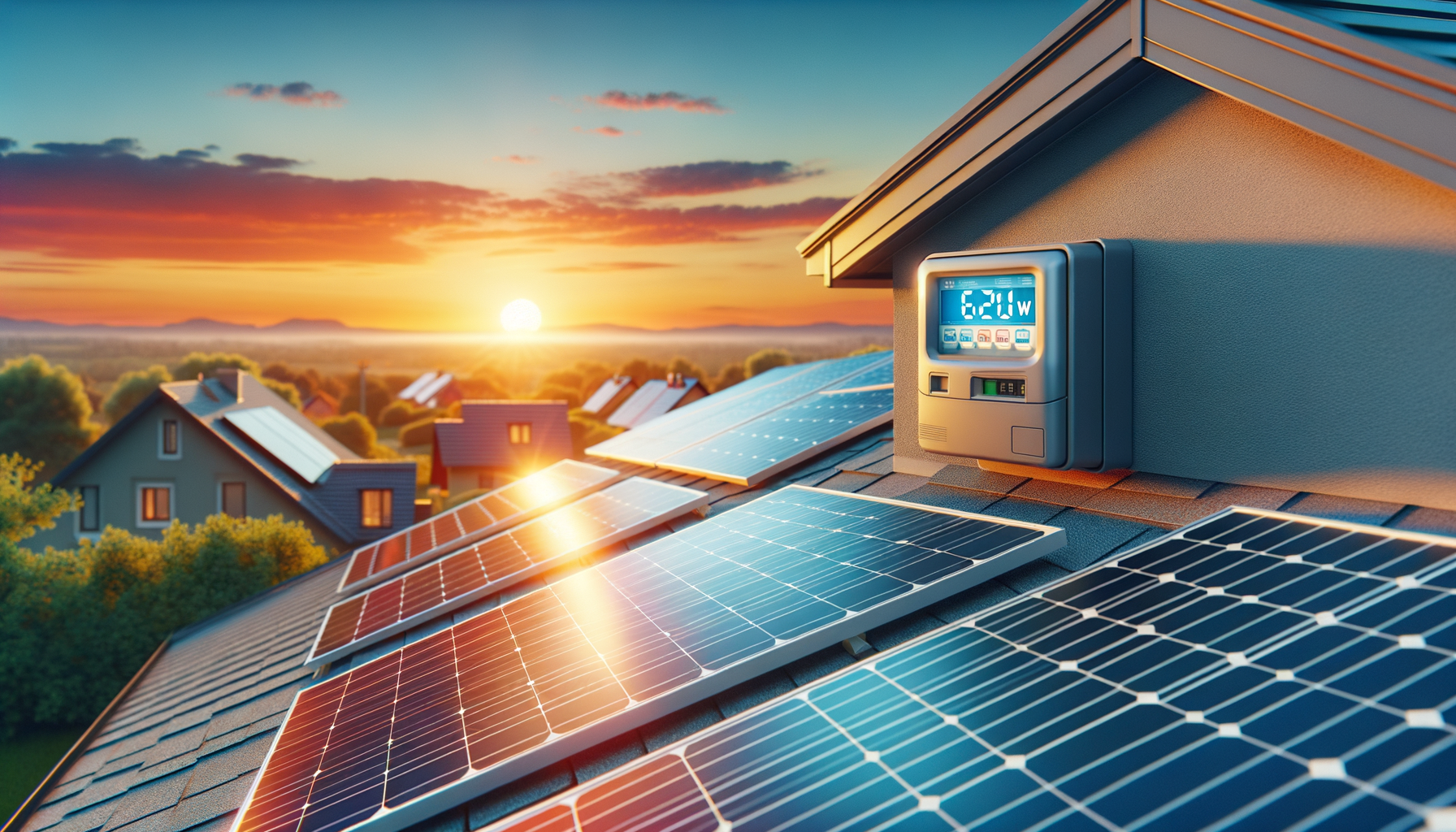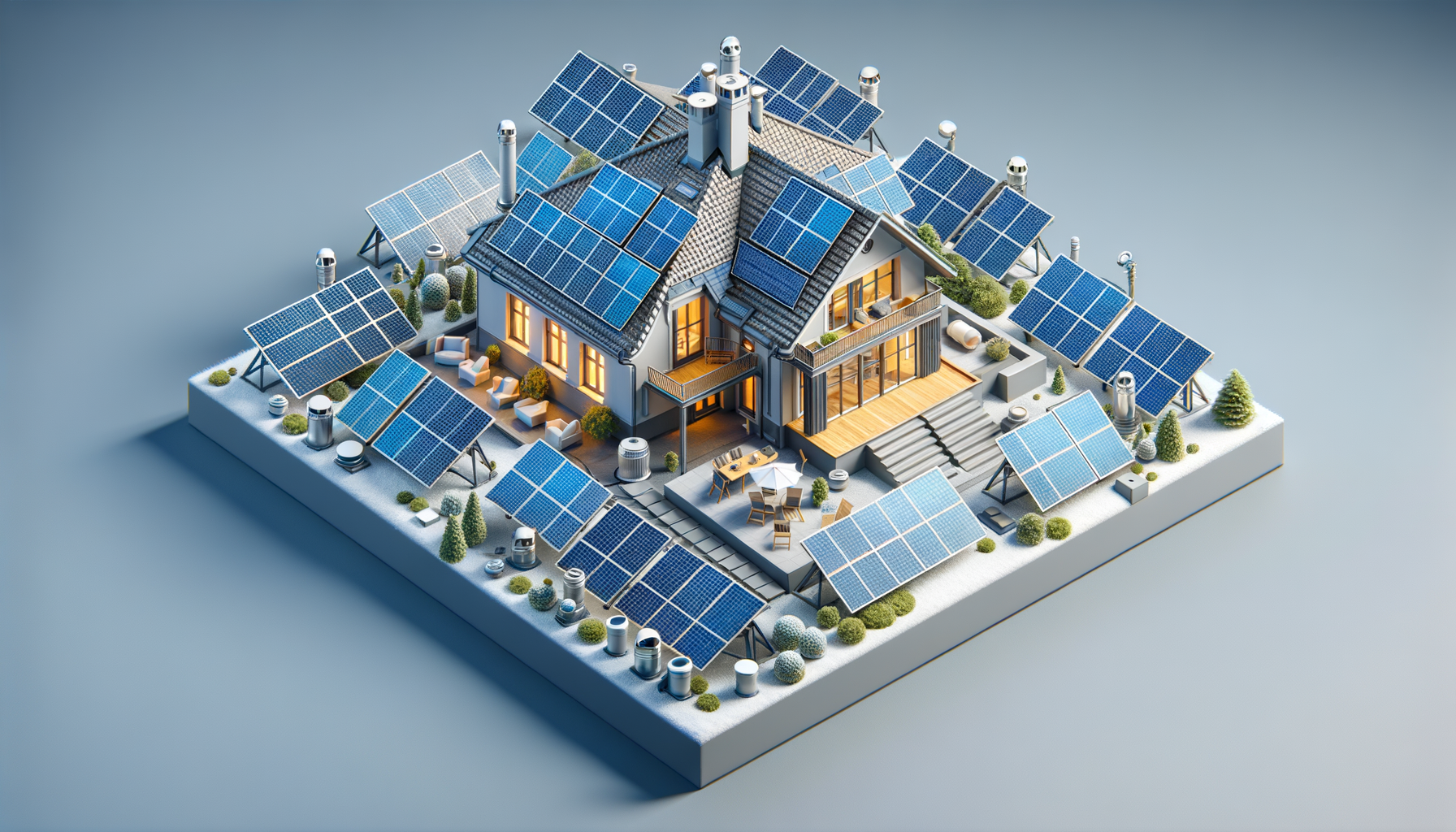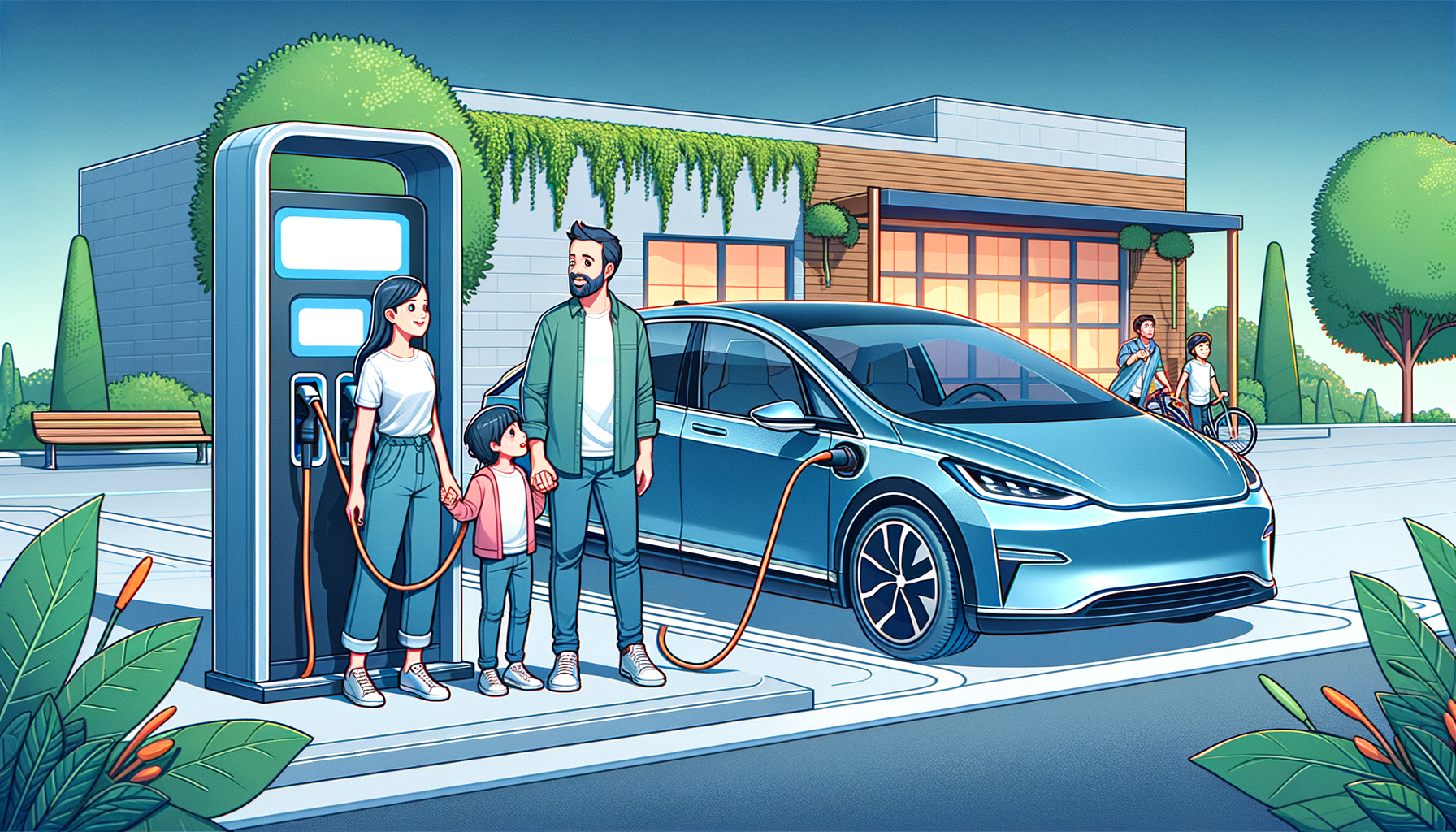Harnessing Solar Power: An In-Depth Guide to the 6kW Solar System

Updated 4 months ago
Introduction to 6kW Solar Systems
In recent years, solar energy has become a beacon of hope for homeowners looking to reduce their carbon footprint and achieve energy independence. A 6kW solar system has emerged as a popular choice, balancing the needs between residential power demands and the limitations of roof space. This in-depth guide will walk you through everything you need to take into account before diving into the solar tide.
Understanding Solar Power Output
Let's decipher what exactly a '6kW solar system' means. Kilowatts (kW) are a measure of power, essentially telling you the output your solar system can produce at peak performance. A system of this size typically involves anywhere between 17 to 24 solar panels, depending on the individual panel's wattage output. When we talk about a '6kW' system, we're presenting an estimation of its peak capability under ideal conditions.
Size and Space Considerations
The size and layout of your roof play pivotal roles in determining how a solar system is installed. Generally, you can expect a 6kW system to require about 400 to 500 square feet of rooftop real estate. These panels can be configured in various arrays, depending on the size, shape, and obstructions (like vents or chimneys) present on your roof.

The Economics of Going Solar
Initial Investment
As of the latest information, the cost of a 6kW solar system averages around $18,000, but after applying the federal solar tax credit, that number dips closer to $12,600. This figure can further vary based on state rebates, the make and model of the panels, and installation specifics.
Long-Term Savings
Your geographic location plays a significant role when it comes to the amount of sunlight your solar system receives—hence affecting the system's output. For example, a household in a sun-rich state like Arizona will generate more power and subsequently save more on their energy bills compared to one in a less sunny area. On average, a 6kW system can save you between $400 to $2,000 annually on electricity.
Payback Period
The 'payback period' is the timeframe it takes for the energy savings from your system to equal the cost of the system itself. Depending on various factors, this period typically ranges between 5 to 10 years. After this, you're essentially producing free electricity for the remainder of your system's lifespan, which can be 25 years or more.
Installation and Components
Panels and Inverters
Bring together solar panels, inverters, mounting hardware, and associated electrical equipment forms the skeleton of your solar power system. High-efficiency panels may come with a higher price tag, but they tend to generate more electricity in a smaller space, which is advantageous for homes with limited roof area.
Professional Installation vs. DIY Kits
While DIY solar kits may appear cost-effective at first glance, they lack the full-service advantages that professional installers provide. Licensed professionals ensure your system is up to code and can offer extensive warranties that protect your investment for decades.
Solar Incentives and Rebates
Many states offer additional incentives to go solar, such as net metering, solar renewable energy credits (SRECs), or specific state tax credits. These can significantly reduce your upfront costs and accelerate the payback period. Always check with local authorities or consult a solar professional to explore the available incentives.
Monitoring and Maintenance
Modern solar systems come equipped with monitoring technology that allows you to track your system's performance in real-time via web or smartphone apps. While solar panels require minimal maintenance, regular check-ups ensure your system runs optimally.
Choosing the Right Solar Provider
Selecting a trustworthy solar installer is crucial. Look for companies with good reviews, solid warranties, and transparent pricing. A reliable solar partner will not only provide a smooth installation process but also assist with permitting, grid connection, and after-sales service.
Conclusion
Adopting a 6kW solar system is more than just an eco-friendly decision; it's a financial strategy designed for sustainability. With ample cost-saving opportunities, government incentives, and advancing solar technologies, it's a pivotal time to consider solar energy. By understanding the ins and outs of a 6kW system, you can make an informed decision that benefits your wallet and the planet.





